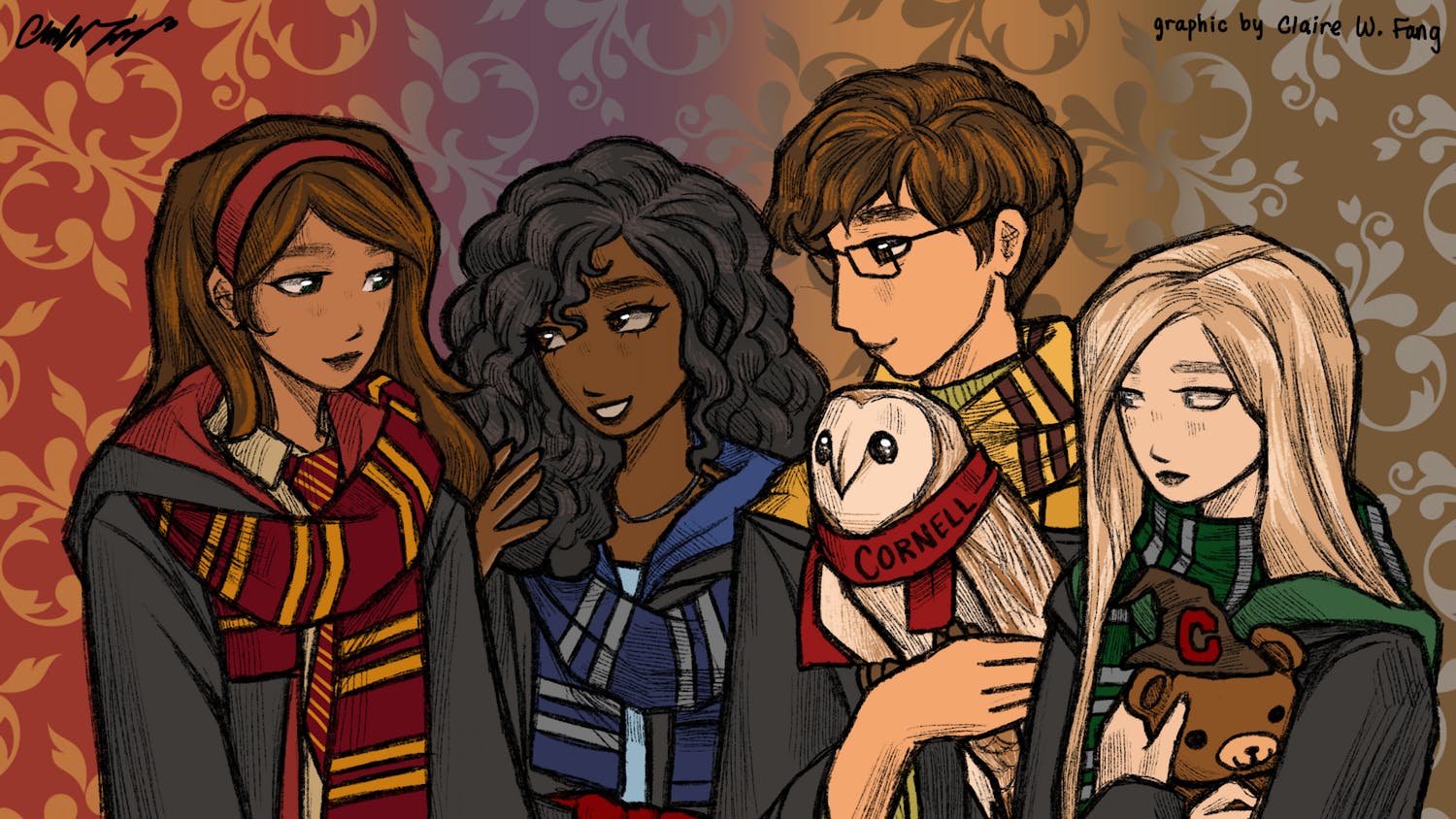Sally Rooney, grandmaster of the contemporary writing scene has produced yet another masterpiece. In Intermezzo we find ourselves grappling with the grief of losing a parent but also losing the self we thought we were and would be, the love we encounter and who we become along the way on this journey of life.
The book follows the story of two brothers, Peter and Ivan, and the ways in which they both cope with the mourning that their father’s death thrusts them into. The older, Peter, 32, is a successful lawyer in Dublin. He is caught between two women: his former girlfriend and true love (Sylvia) and that of his newer, younger (23 years old to be exact) love affair, Naomi. Ivan, 22, is a chess prodigy straight out of college, working freelance and drifting in life. He goes to community centers to run workshops for chess players, but his rankings and motivation for the game have dropped in recent years. As the book unfolds he begins his love affair with a much older woman, Margaret. Throughout the book, Rooney finds ways to impress upon us the different kinds of love we encounter and the importance it has in our lives.
The love of parents is brought up throughout the book as a touchstone for moral and interpersonal behavior. When the brothers get into a fight at their childhood home, they are confronted with the notion that this would have never occurred had their father been there. Other characters too often seek their parents approval and love, showing that even as adults, we crave the love, approval and solace of our parents, especially in the face of grief.
Romantic love is explored in several senses. Rooney presents us with the idea of “the comfort of strangers”: when two lonely people come together in their solitude to understand each other. That is how Ivan and Margaret's relationship evolves. Slowly, they become each other's touchstones. Ivan gains courage and the motivation to return to chess and Margaret begins to live for herself rather than the opinions of others. Rooney also confronts the idea of what it means to love. She gives us the two women in Peter’s life — Sylvia and Naomi — who prompt very different emotions from the man that connects them, though he easily says “I love you” to both. Peter surely feels something for both women, yet could we say that it is possible to love in different ways? What can he do when he can neither let one nor the other go? The ending somehow provides the solution for this, while also forcing Peter to confront his ideas of what is “normal.” He, the man who had previously stated that no “normal woman” who was 36 years old would go for a boy of 22, ends up in an atypical relationship with not one, but two women. The book, like much of Sally Rooney’s other works (i.e. Normal People), considers that there isn’t such a thing as “normal.” Love is weird, people are different and their lives intermesh and separate in the oddest of ways.
The brotherly love shared between Peter and Ivan is a huge aspect of the novel. Despite them being imperfect characters who make mistakes, hurt each other, and forsake the love that they have for each other, they understand that they care for each other in the way that brothers do, because they are family. As Rooney writes “No one is perfect. Sometimes you need people to be perfect and they can’t be and you hate them forever for not being even though it isn’t their fault and it’s not yours either. You just needed something they didn’t have in them to give you. And then in other people’s lives you do the same thing, you’re the person who lets everyone down, who fails to make anything better, and you hate yourself so much you wish you were dead.”
Intermezzo brilliantly covers the various kinds of love we encounter, and how loss, not just of loved ones, but the futures we thought we could have had changes us forever. The characters each ponder on the lives they thought they would have, just as we are all made up of the people we thought we would be, the lives we thought we would lead, the loves we thought we would keep. These are innately a part of us, we cannot ever fully exist without them. Yet, it is just as important to confront the future that faces us. Early in the book, one of the brothers expresses how it is sad to think of their father’s old house standing empty and alone. After everything, at the end of the book they discuss having Christmas there all together.
Hegemon of the writing world that she is, Sally Rooney does not stop at the vividness of her character development and their interrelations when it comes to inviting readers to experience the worlds inside of her novels. Shifting between the stories of the two brothers, we begin to see on a cognitive level the differences in how they view the world. Disassociated from what is happening around him, Peter sees everything through snapshots of thoughts which more commonly appear as phrases written in a sort of stream of consciousness form. Ivan, on the other hand, creates patterns from everything. His parts of the novel feel like going inside of the mind of an over-thinker. The syntactical decisions made by Rooney to make us view the story through the lenses of her characters, is brilliantly executed. It brings us closer to the worlds and characters which she depicts.
Rooney’s works explore how we handle loneliness, ideas of normalcy, grief and pain. Intermezzo is no exception. The story of the two brothers, and their adventures to understand what it means to love and be loved remains as compelling as Rooney’s earlier works.
Lusine Boyadzhyan is a sophomore in the College of Arts and Sciences. She can be reached at lb785@cornell.edu.











